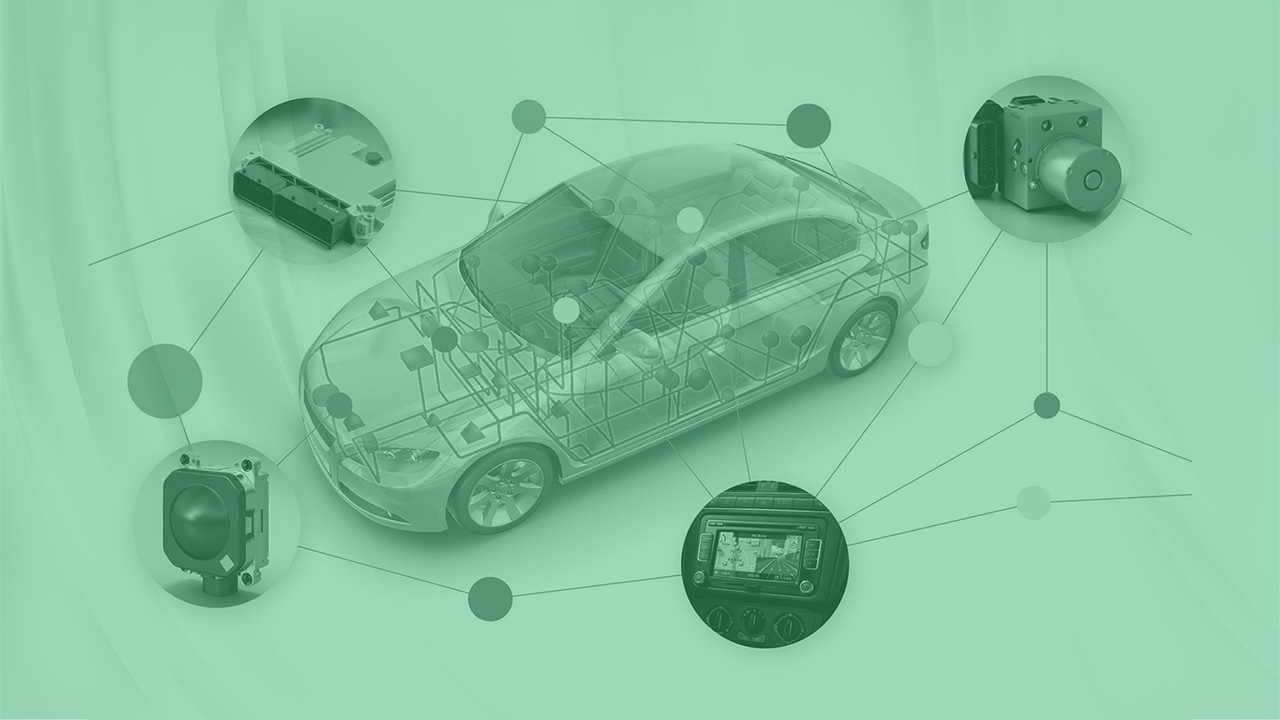Learn how to use the most common tools to test and verify automotive controllers and software.
This course gives you the ability to implement a framework for automotive software testing, and also to have a solid basic knowledge of the key concepts necessary for understanding the design of a testing process. You will be capable to understand the methods for automotive software testing and writing simple programs that run in such environments.
Course topics:
- Testing of control loop systems consisting of hardware and software and control loop testing problems in automotive
- Concepts of hardware-in-the-loop (HiL), software-in-the-loop (SiL), machine-in-the-loop (MiL), emulation, simulation, in-vivo,
in-vitro, in-silico testing - Transition from HIL>SIL>MIL and tradeoff understanding with specific automotive examples
- Automotive HiL components: ECU, network, sensors, actuators
- Automotive testing process: modeling, configuration, calibration, testing, measuring, evaluation
- Overview of available tools and ways of working: VECTOR VT Systems, VN 8XXX boxes, ECU VC121, VECTOR CANdela, CANape, CANoe, vFlash
Requirements
Prerequisite: If you are using a company computer, you must obtain approved access to RealVNC software; otherwise, personal computers are recommended.
Software: RealVNC.
Hardware: Computer with an Internet connection, working speakers, and microphone.
Prior knowledge: Students should have basic knowledge of testing principles and programming. Experience with automotive communication protocols (CAN/CAN FD) is welcome, but not a requirement.







